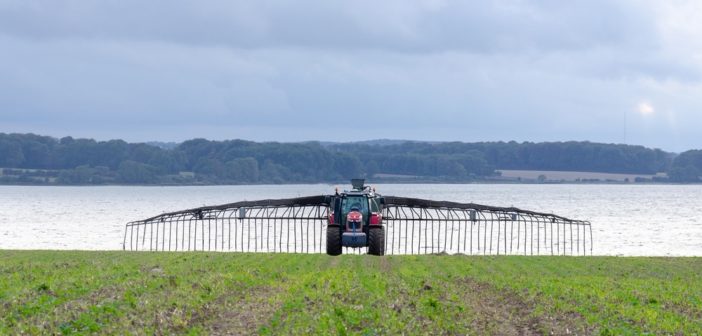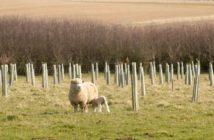A research team including Harper Adams University and two commercial companies, Elentec Ltd and Merigan Ltd, has been awarded a prestigious and much sought-after research award.
Innovate UK, the UK’s innovation agency, in partnership with DEFRA, has awarded public funding to a series of feasibility projects directed at transforming farm-based food production in the UK. The Harper Adams project will test Elentec’s novel technology to remove and recover phosphorus from cattle slurry. The technology works via filtration and electrocoagulation – a treatment technology that adds an electrical charge to water as a way of removing suspended solids.
With new legislation proposing restrictions on the amount of phosphorus applied via slurry to land, this project could present a game-changing technology for on-farm slurry management. Further benefits include carbon sequestration and a new revenue stream from the recovered phosphorus for wider use in agriculture and horticulture.
Fits any size enterprise
Elentec’s technology has been designed to be retrofitted to existing slurry systems and its modular design enables it to fit any size of farming enterprise. The technology has already been demonstrated to work in other industrial applications. The research project at Harper Adams will now seek to appraise how it can be applied to slurry management on a typical dairy farm – with a host of potential benefits set to follow as a result.
The project, worth almost £250,000 over its 18-month time-span, will be based on the Harper Adams University dairy farm, alongside grass crop trials of the treated slurry using both glasshouse and field experiments.
Dr Marie Kirby, Senior Lecturer at Harper Adams University, explained: “There are many potential benefits from slurry, but its application to farmed land is problematic in areas with increased susceptibility to pollution.”
“The idea behind this application means, if successful, we can make slurry from a residue product into something which is potentially valuable.”
The research team note that DEFRA figures suggest a 100-cow dairy herd produces 1,700 m3 of slurry over the typical 26-week housed period each year. Application of Elentec’s technology will generate sustainable fertiliser products from slurry, benefiting the environment both through changes to slurry management and through the replacement of industrially produced fertiliser.
As part of a combined effort to move towards Net Zero on dairy farms, it is hoped the technology will aid the recovery of phosphate, enhance the sequestration of carbon, and produce ‘grey’ water, which can be used for purposes such as irrigation.
Organic fertiliser
The maintenance, installation and cost of the systems and their scalability for farmers across the UK will be assessed as part of the project. Recovery of ammonium and nitrates, pollutants that can be repurposed into organic fertilisers, will also be a target for future programme development.
John Bostock, CEO of Elentec, said: “We are delighted to receive this award, co-funded by Innovate UK and DEFRA. The electrocoagulation technology will deliver a compact, robust, scalable process for efficient fractionation of dairy farm slurry into three parts. A concentrated, phosphorus-rich sludge for spreading as a fertiliser on cultivatable land; a carbon-rich solids fraction for soil improvement and carbon sequestration and a phosphorus-reduced liquor from which nitrogen can be harvested, to be accomplished in a follow-on project. The resultant grey-water can be re-used or safely discharged.”
Mike Theodorou, Project Manager for the consortium at Merigan Ltd and Emeritus Professor at Harper Adams University, added: “End user input into the technology design and implementation is essential for effective uptake by the industry, so we will ask the farmers, experts in their systems, how best to retrofit the technology to pre-existing slurry handling facilities, and how best to design and implement the most appropriate business model – or models – for their farm.”




